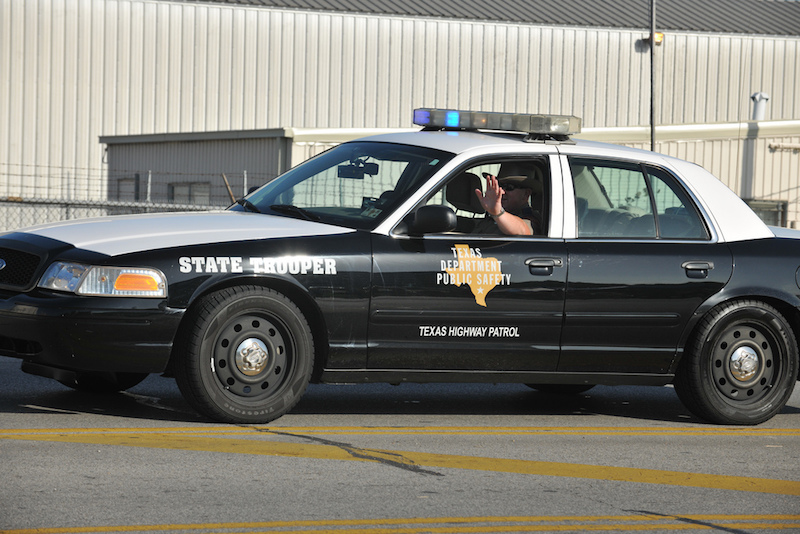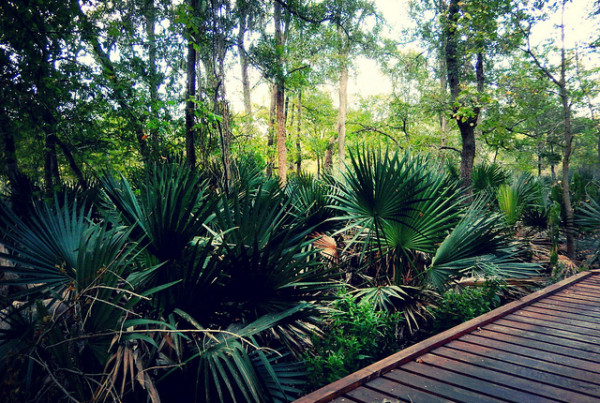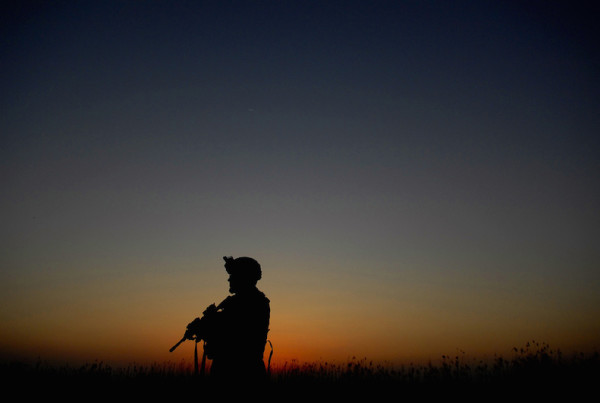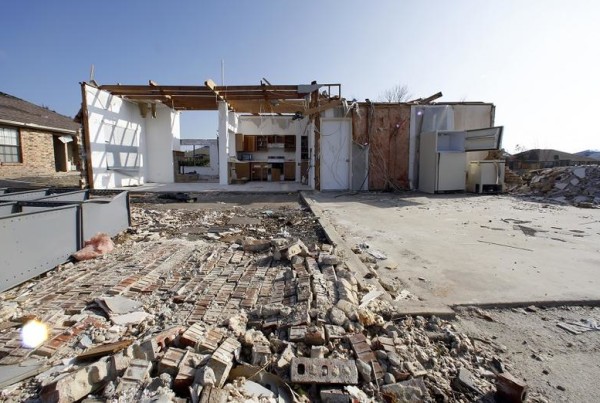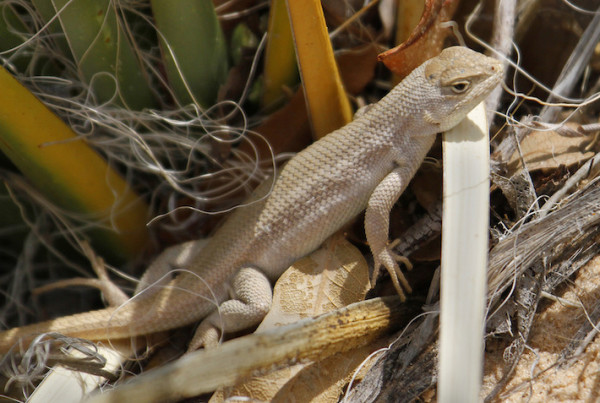Remember the border surge? It was part of an $800 million state effort to beef up law enforcement at the border – to do what Washington wouldn’t, as its proponents argued.
If you drive across US 83 as it twists through the Rio Grande Valley, the only thing more ubiquitous than the taco stands are the black and whites of Department of Public Safety cruisers zipping back and forth. It’s intended to send a message to criminals and would-be border crossers, part of the so-called ‘border surge’ that’s been going on since June 2014.
The ‘border surge’ has led to 22,000 arrests, $1.2 billion in drugs seized and 100,000 undocumented immigrants apprehended.
Aaron Nelsen, Rio Grande Valley reporter for the San Antonio Express News, says despite its critics, the surge appears to be winning over locals.
A taqueria owner, who owns a stand on the expressway, says he had seen high-speed chases, police pursuits, car crashes – a lot of which have dissipated since the surge.
“He also said some of the DPS troopers eat at his taqueria,” he says. “They’re very friendly, as opposed to, in his opinion, some of the Border Patrol agents, who are not so friendly. He had a generally positive opinion, even while admitting that probably because of the DPS, he’s probably lost half of his business.”
What you’ll hear in this segment:
– Why most Starr County residents have stay indoors, opting not to run the risk of being pulled over
– What the tradeoff is for these smaller towns with increased police presence
– How people have come to accept the two years of DPS presence, but stop short of embracing it


